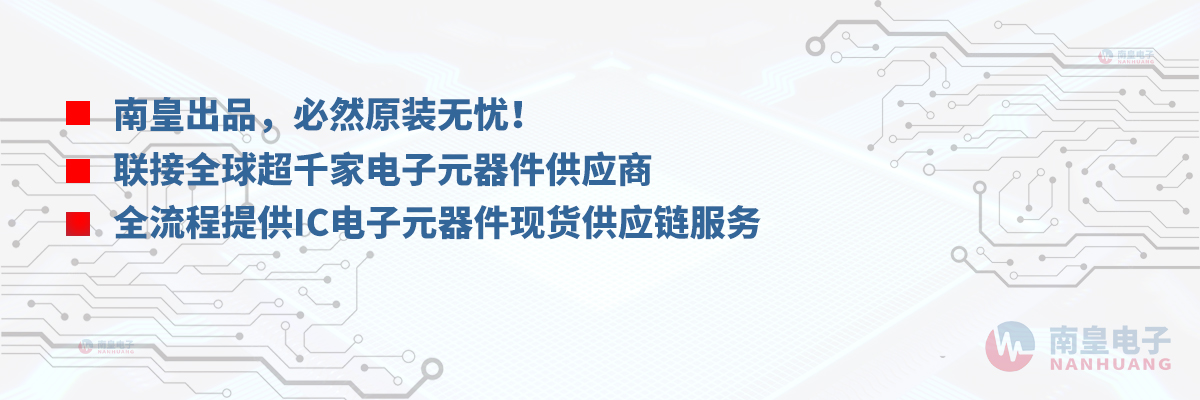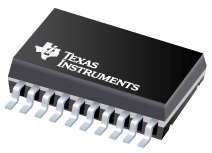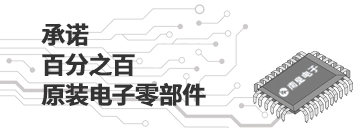

LM5116WG是TI公司的一款控制器(外部开关)产品,LM5116WG是100V 宽输入电压同步降压控制器,本页介绍了LM5116WG的产品说明、应用、特性等,并给出了与LM5116WG相关的TI元器件型号供参考。
LM5116WG - 100V 宽输入电压同步降压控制器 - 控制器(外部开关) - DC/DC开关稳压器 - TI公司(Texas Instruments,德州仪器)
The LM5116WG is a synchronous buck controller intended for step-down regulator applications from a high voltage or widely varying input supply. The control method is based upon current mode control utilizing an emulated current ramp. Current mode control provides inherent line feed-forward, cycle by cycle current limiting and ease of loop compensation. The use of an emulated control ramp reduces noise sensitivity of the pulse-width modulation circuit, allowing reliable control of very small duty cycles necessary in high input voltage applications. The operating frequency is programmable from 50 kHz to 1 MHz. The LM5116WG drives external high-side and low-side NMOS power switches with adaptive dead-time control. A user-selectable diode emulation mode enables discontinuous mode operation for improved efficiency at light load conditions. A low quiescent current shutdown disables the controller and consumes less than 10 µA of total input current. Additional features include a high voltage bias regulator, automatic switch-over to external bias for improved efficiency, frequency synchronization, cycle by cycle current limit and adjustable line under-voltage lockout. The device is available in a CPGA-20 high temperature ceramic package with the thermal shutdown feature disabled.
- Hermetic Package for Harsh Operating Environments
- Emulated Peak Current Mode
- Wide Operating Range up to 100V
- Low IQ Shutdown (< 10 µA)
- Drives Standard or Logic Level MOSFETs
- Robust 3.5A Peak Gate Drive
- Free-Run or Synchronous Operation to 1 MHz
- Optional Diode Emulation Mode
- Programmable Output from 1.215V to 80V
- Precision 1.5% Voltage Reference
- Programmable Current Limit
- Programmable Soft-Start
- Programmable Line Under-Voltage Lockout
- Automatic Switch to External Bias Supply
- CPGA-20 with No Thermal Shutdown
All trademarks are the property of their respective owners.







